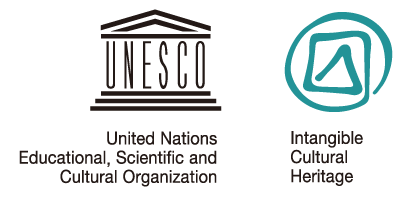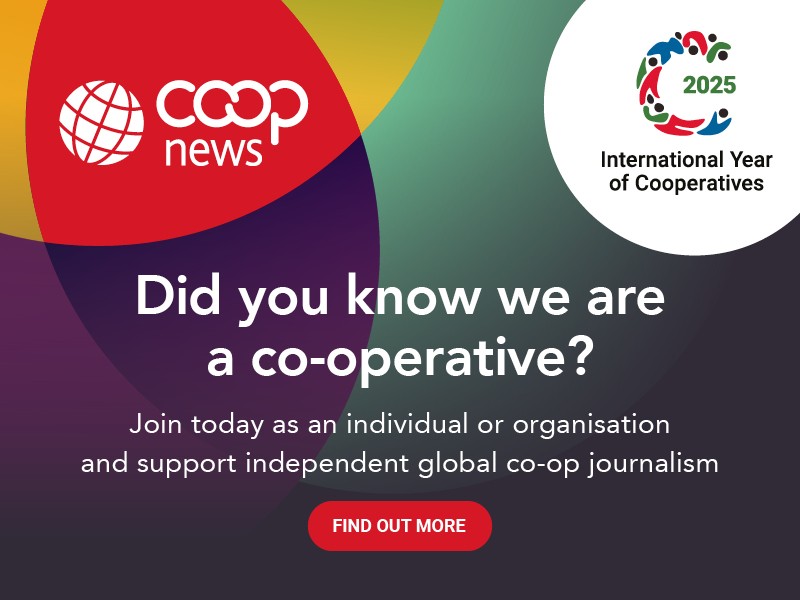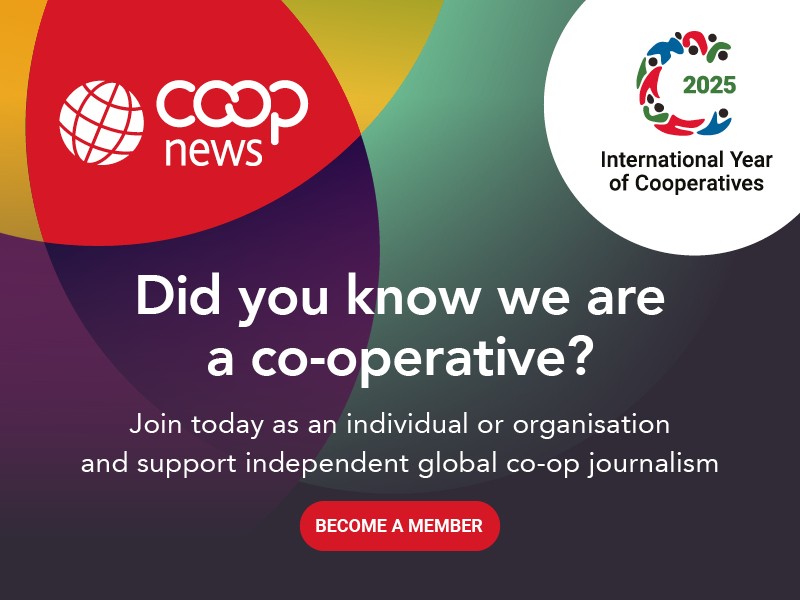The “idea and practice of organising shared interests in co-operatives” (Genossenschaftsidee) has been added to Unesco’s representative list of Intangible Cultural Heritage after being submitted by Germany.
Co-operation is one of 16 new elements inscribed on the list following decisions by the Intergovernmental Committee for the Safeguarding of the Intangible Cultural Heritage, which met in Ethiopia.
The representative list includes forms of expression that testify to the “diversity of intangible heritage” and raises awareness of its importance.
In 2008 the committee incorporated 90 elements (formerly proclaimed masterpieces) and since then over 200 additional elements have been added.
Also incorporated this year were the Korean culture of Jeju Haenyeo (women divers), Beer culture in Belgium and the Egyptian Tahteeb stick game, among others. The full list can be found here.
 The German application, jointly submitted by the German Hermann-Schulze-Delitzsch Society e.V. and the German Friedrich-Wilhelm Raiffeisen Society e.V. on behalf of their members, was sent in March 2015 for inspection by the evaluation body.
The German application, jointly submitted by the German Hermann-Schulze-Delitzsch Society e.V. and the German Friedrich-Wilhelm Raiffeisen Society e.V. on behalf of their members, was sent in March 2015 for inspection by the evaluation body.
The two societies dedicate themselves to the nurturing and appreciation of the life’s work of Dr Hermann Schulze-Delitzsch (1808–1883) and Friedrich Wilhelm Raiffeisen (1818–1888) respectively. Both men helped shape the idea of co-operation in Germany, and its practical and legal realisation.
“A co-operative is an association of volunteers that provides services of a social, cultural or economic nature to members of the community to help improve living standards, overcome shared challenges and promote positive change,” the German submission states.
“Based on the subsidiarity principle that puts personal responsibility above state action, co-operatives allow for community building through shared interests and values creating innovative solutions to societal problems, from generating employment and assisting seniors to urban revitalisation and renewable energy projects. Anyone can participate, with members also able to acquire shares in the association and have a say in its future direction.”
In Germany, around 20 million members and about 863,000 employees of co-operatives are actively involved with the daily practice and transmission of the idea.
Around a quarter of Germany’s population are members of a co-operative – which, besides farmers and craftspeople, includes 90% of its bakers and butchers and 75% of its retailers.
The application argued that inscripting the idea would show a new facet of intangible cultural heritage.
“[Co-operation] can manifest itself in a form of social self-organisation contributing to structure life in all kinds of groups, communities and even whole societies,” it says. “Inscribing the element would demonstrate clearly the shared asset of intangible cultural heritage to be community-based.”
The inscription would potentially bring to new audiences the idea of safeguarding intangible cultural heritage, added the submission.
“It would also show the often transboundary character of intangible cultural heritage as the co-operative practice and its values like solidarity, honesty, responsibility, trust and reliability are shared by members worldwide.
“Co-operatives are spread worldwide, thus inscription would strengthen the co-operative idea and practice on a global scale.
“Co-operatives evolved from a dynamic exchange of reformers in 19th century Europe. As the idea also has its roots in Great Britain, France and some Slavic countries, and has spread to many more countries since, inscription could enhance further co-operation with and between them.”

